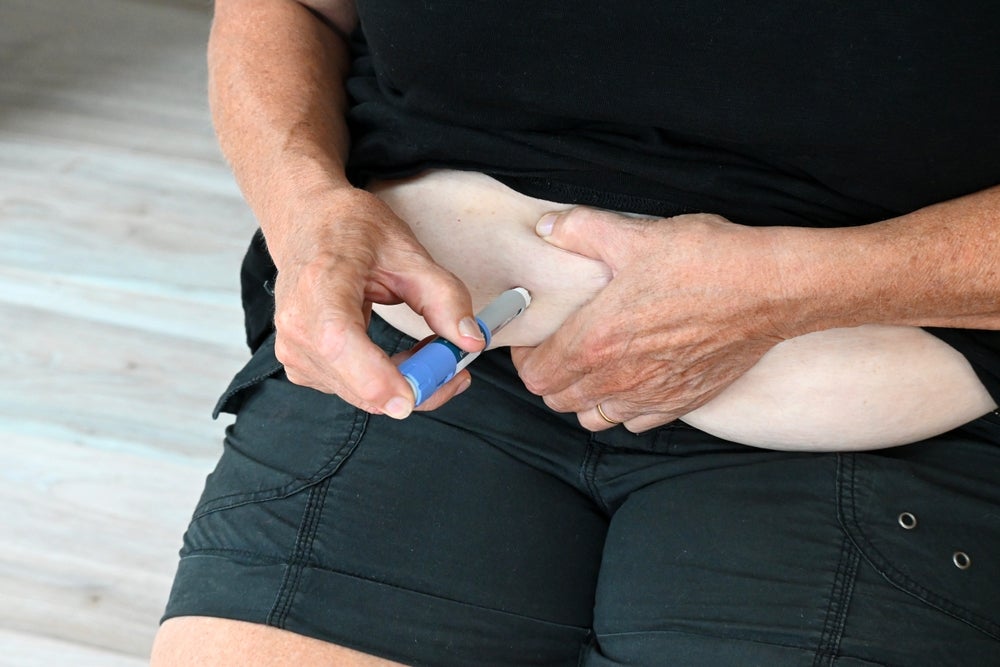Cancer cachexia is a condition for which there are currently no approved treatments in the US, EU or Japan. This indication has faced a recurrent issue of exciting agents demonstrating promising results in Phase I and II trials, but failing to replicate these results in larger Phase III trials. Key opinion leaders (KOLs) believe that this highlights both an issue with study design and a general lack of understanding as to what the endpoints of the trials should be.
There is currently no consensus within the field regarding the most clinically relevant endpoints in cancer cachexia. Handgrip strength is a commonly used and easy measure of muscle strength. However, its use as a clinical trial endpoint can be divisive, as some KOLs believe it is not very relevant to a patient’s quality of life. Measures such as the six-minute walk test may be more relevant, but are much more difficult to perform in large-scale studies. The most relevant endpoints, from a patient perspective, would be patient-reported outcomes or composite endpoints, although these measures may not be ideal from a regulatory perspective.
The figure below shows examples of potential endpoints in cancer cachexia trials, along with the advantages and disadvantages of each approach.
Cancer cachexia endpoints: advantages and disadvantages

Source: GlobalData
How well do you really know your competitors?
Access the most comprehensive Company Profiles on the market, powered by GlobalData. Save hours of research. Gain competitive edge.

Thank you!
Your download email will arrive shortly
Not ready to buy yet? Download a free sample
We are confident about the unique quality of our Company Profiles. However, we want you to make the most beneficial decision for your business, so we offer a free sample that you can download by submitting the below form
By GlobalDataRelated Reports
GlobalData (2017). PharmaFocus: Supportive Care in Oncology, December 2017, GDHC010PFR







